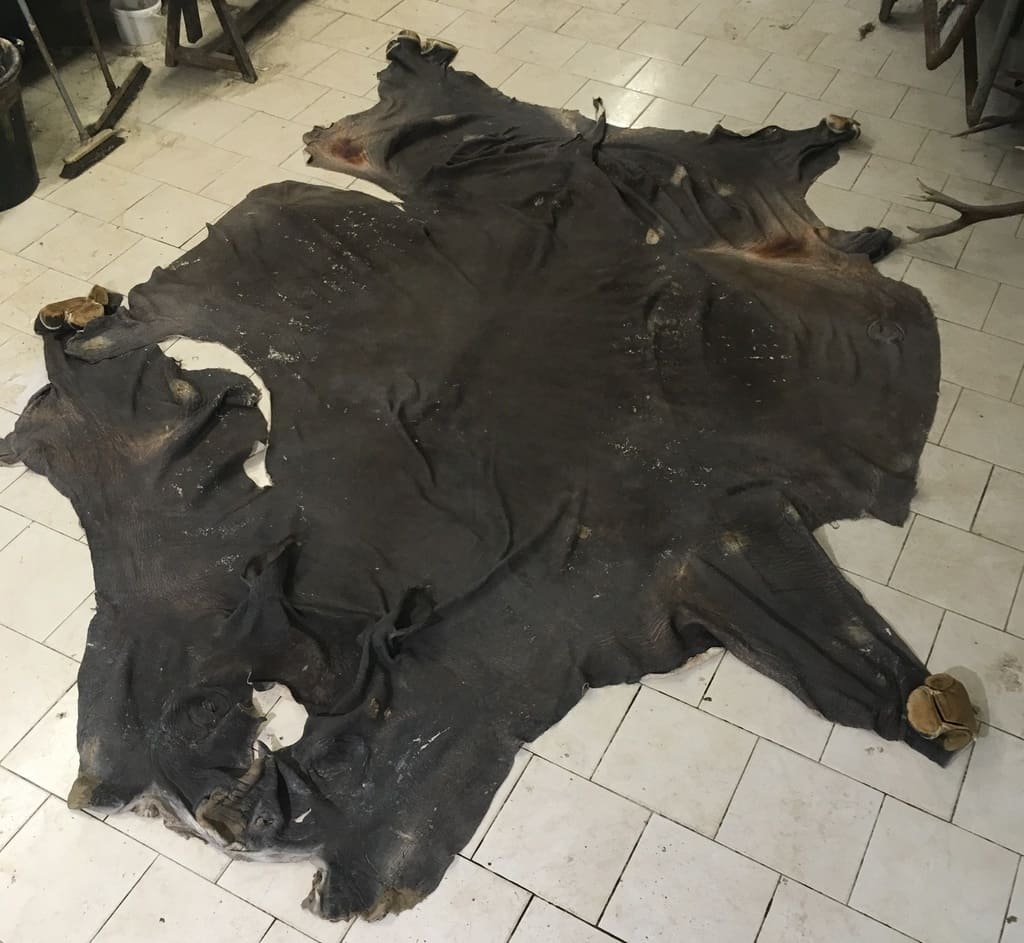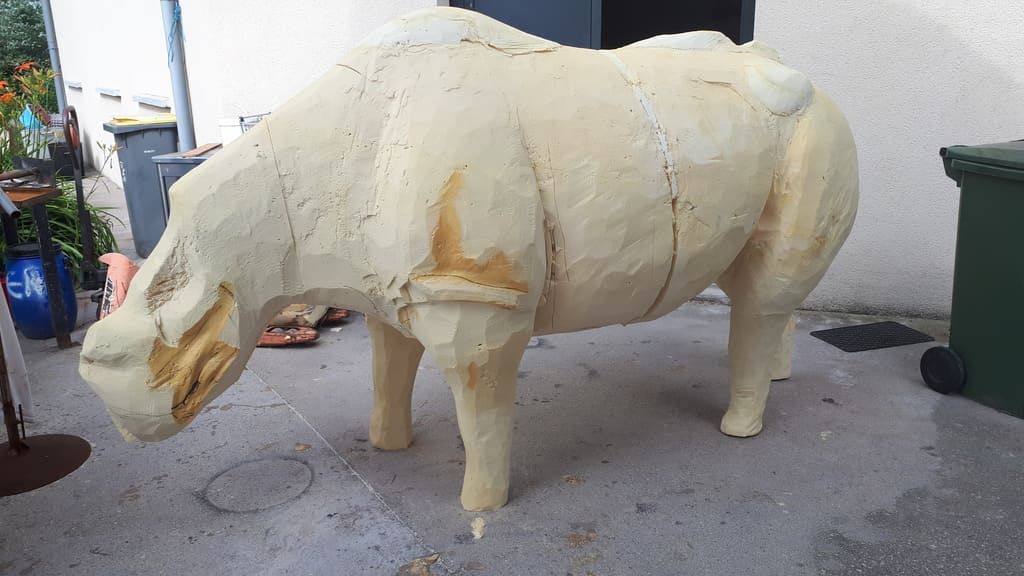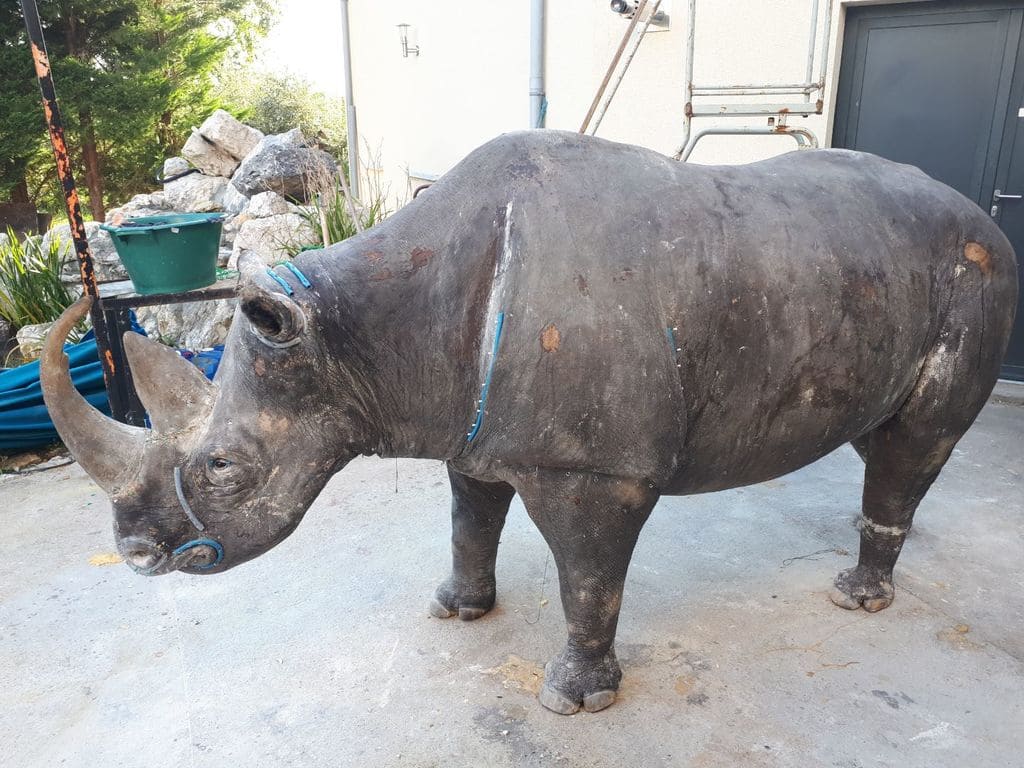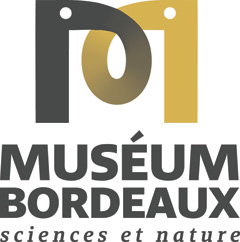Also called taxidermy (from the Greek taxis: order, and derma: skin), it is the art of preparing the skins of vertebrates and creating the support required to given them shape. By extension, we refer to preservation for other groups of organisms (insects, crustaceans…).
Once the animal has been measured and skinned, the taxidermist tans the skin. They then place the skin on a model matching the animal’s volumes and desired posture. For smaller species, part of the skeleton may be preserved and the skin is then structured with an inner frame. To finish, glass eyes are attached and some areas retouched with paint.
This technique requires knowledge of the species’ anatomy and behaviour in order to “give life” to the animal in the most realistic manner possible.
Several stages

Tanning the skin
Tanning is a chemical procedure, consisting in transforming skins into leather to make them more hardwearing and supple. It involves drying the skins and adding chemical or tanning agents in order to make them rot-resistant and resistant.

The model
Today, the models of medium and large-sized specimens are made from synthetic materials that are both more rigid, lighter and more malleable. The animal is sculpted from a preformed model or block of polyethylene or polyurethane foam. The shape is refined with a rasp, then sanded before attaching the skin.

Taxidermy mounting
These taxidermic mounts allow creating specimens and in dynamic postures. Realism is further reinforced by better scientific knowledge of species and thanks to media (videos, photographs) allowing the animals to be observed in greater detail.
